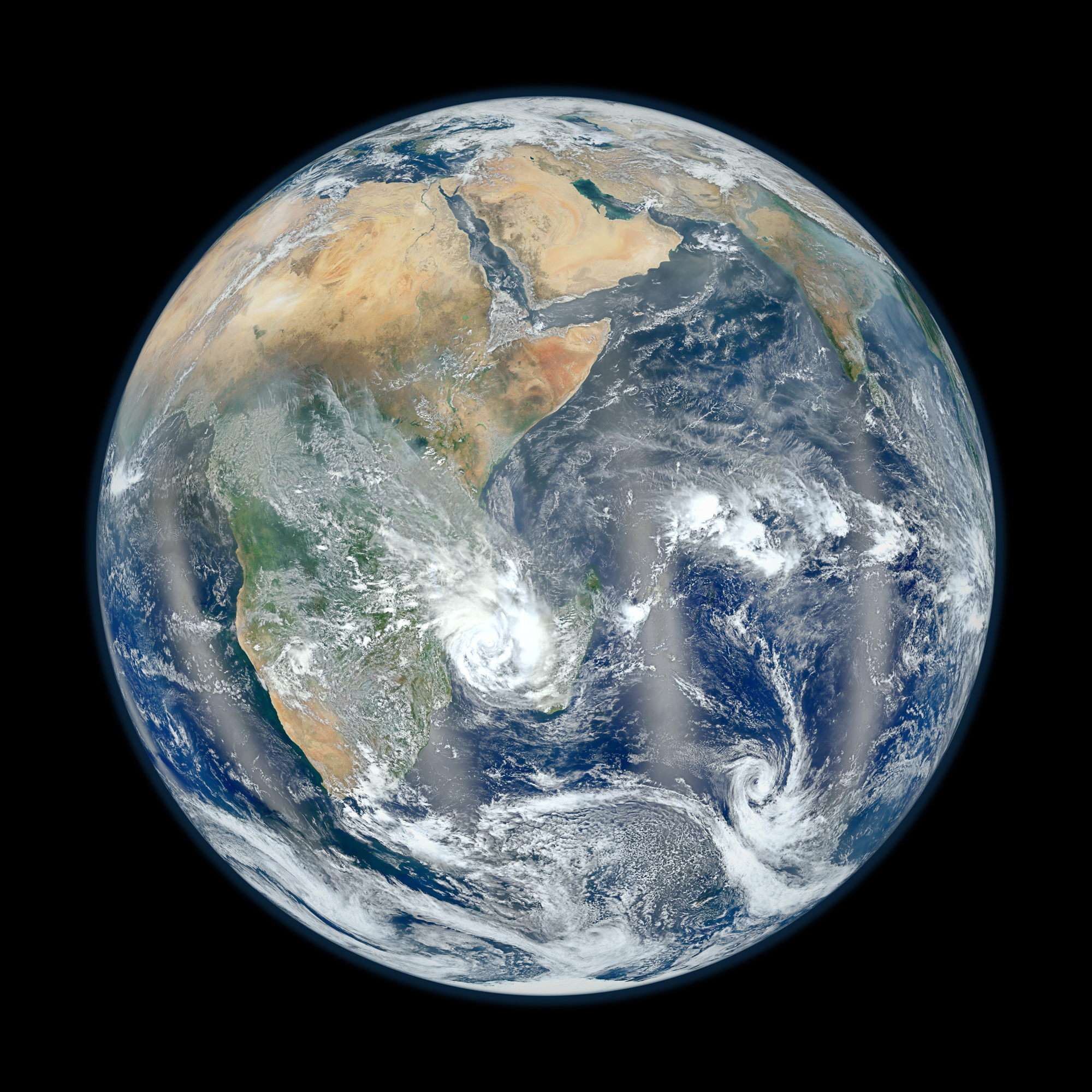NASA Budget Woes Paint Bleak Future for Earth Science

A new report on the state of NASA's Earth sciences program warns that future Earth-observing missions could be in jeopardy due to tightening budgets, launch failures, and changing mission priorities that may force projects to be delayed or cancelled outright.
The report from the National Research Council (NRC) found that the nation's Earth sciences capabilities are beginning a rapid decline, as older, long-running missions come to an end, and new missions are not yet available to replace them.
"The projected loss of observing capability will have profound consequences on science and society, from weather forecasting to responding to natural hazards," Dennis Hartmann, a professor of atmospheric sciences at the University of Washington in Seattle, said in a statement. "Our ability to measure and understand changes in Earth's climate and life support systems will also degrade."
Hartmann chaired the committee that wrote the report, which is titled "Earth Science and Applications from Space: A Midterm Assessment of NASA's Implementation of the Decadal Survey." The study comes five years after the NRC published a sweeping survey that outlined the most pressing objectives over the next 10 years for the country's Earth observations program.
The decadal survey represents a consensus among the scientific community, and is intended to act as a roadmap for the top priorities in the fields of Earth and environmental sciences. [The World's Weirdest Weather]
The new report found that NASA appropriately responded to the recommendations of the decadal survey, but insufficient funding and program changes, as directed by Congress and the White House's Office of Management and Budget, continue to hinder the agency's progress.
"The implementation of the decadal survey's recommendations has proven difficult," according to the report. "The launch failures of two missions (Orbiting Carbon Observatory and Glory); budgetary shortfalls, the result of both diminished resources and cost growth; and new administration and congressional priorities have resulted in delays, descopes and cancellations."
Get the Space.com Newsletter
Breaking space news, the latest updates on rocket launches, skywatching events and more!
The study further identified the lack of a highly reliable and cost-effective medium-class rocket as a hurdle to fulfilling the goals of the decadal survey.
The report noted that NASA has made progress on several recommendations from the NRC's survey, including expanding suborbital and airborne science programs, and pursuing international partnerships to share resources and migrate around cost restraints.
The study, which was sponsored by NASA, also reviewed the state of the National Oceanic and Atmospheric Administration's fleet of Earth-watching satellites. These systems were identified as an integral part of the decadal survey's strategy, and are closely associated with the success of NASA's Earth sciences program.
The council found that budget concerns and cost overruns are to blame for the slow progress being made toward NOAA's next generation of polar environmental satellites.
"An interagency framework, recommended in the decadal survey to assist NASA and NOAA in optimizing resources, has yet to be realized," NRC officials said in a statement. "This framework is even more crucial now that both agencies face fiscal constraints, and its importance is reiterated in the present report."
The study concluded that, for the time being, the budget for NASA's Earth science program will likely remain insufficient for the country's needs. As a result, NASA should focus on developing a cost-effective approach to designing future missions, and establish a team of scientists and engineers who will act as advisors on how to best execute the priorities detailed in the decadal survey.
This story was provided by OurAmazingPlanet, a sister site to SPACE.com. Follow SPACE.com for the latest in space science and exploration news on Twitter @Spacedotcom and on Facebook.
Join our Space Forums to keep talking space on the latest missions, night sky and more! And if you have a news tip, correction or comment, let us know at: community@space.com.
For the science geek in everyone, Live Science breaks down the stories behind the most interesting news and photos on the Internet, while also digging up fascinating discoveries that hit on a broad range of fields, from dinosaurs and archaeology to wacky physics and astronomy to health and human behavior. If you want to learn something interesting every day, Live Science is the place for you.










